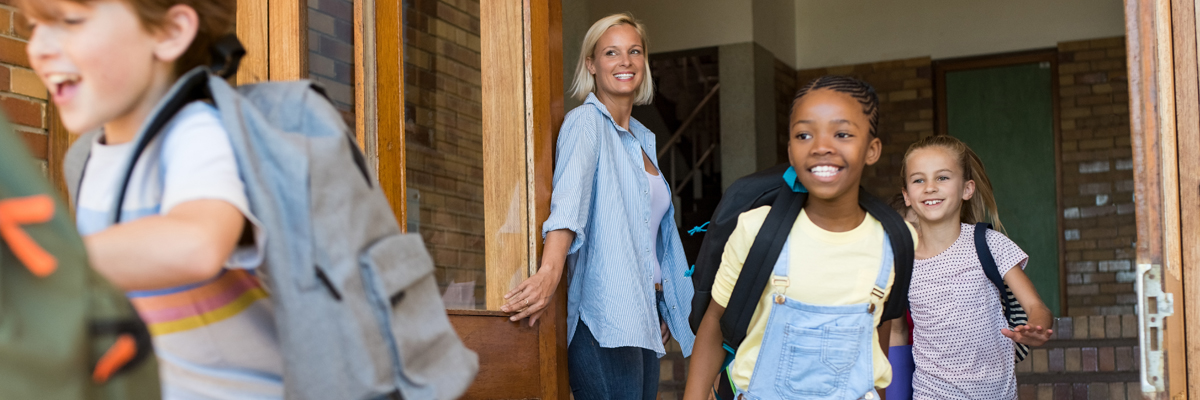Outdoor Learning
Research shows that healthier and happier children do better in school, and that education is an important determinant of future health. But education is not just about lessons within the four walls of a classroom. The outdoor environment encourages skills such as problem solving and negotiating risk which are important for child development.
But opportunities for children to access the natural environment are diminishing. Children are spending less time outside due to concerns over safety, traffic, crime, and parental worries. Modern environments have reduced amounts of open green spaces too, while technology has increased children’s sedentary time. It is for these reasons and more that many think schools have arguably the greatest potential – and responsibility – to give children access to natural environments.
This is not just about improving break times and PE lessons, however. Across the UK, teachers are getting children outdoors by delivering curriculum-based lessons in school grounds or local areas. A variety of subjects, such as maths, art and science, are all being taken outside.
Although there are no official statistics on how much outdoor learning is used, researchers have seen that its use is increasing. And while it is not part of the country’s curricula for year three onwards in primary schools (age seven up), these outdoor initiatives are supported for all ages by the UK government, which has invested in the Natural Connections project run by Plymouth University, for example, and Nature Friendly Schools run by The WildLife Trusts.
Why are teachers reluctant to “go outside”?
Studies show that teachers say that one of the main reasons why they didn’t use outdoor learning more often was because it made it difficult to measure and assess learning outcomes. The narrow measurements that schools are currently judged on conflict with the wider benefits that outdoor learning brings to children’s education and skill development. It is hard to demonstrate the learning from outdoors teaching using current assessment methods. As one teacher said, “there is such a pressure now to have evidence for every session, or something in a box, it is difficult to evidence the learning [outdoors]”.
Funding was also raised an issue as outdoor clothes, teacher training and equipment all need additional resources.
Findings from a number of studies add to the evidence that just an hour or two of outdoor learning every week engages children, improves their well-being and increases teachers’ job satisfaction.
If we want our children to have opportunities where “you don’t even feel like you’re actually learning, you just feel like you are on an adventure” and teachers to “be those people we are, not robots that it felt like we should be”, we need to change the way we think about school lessons. Teaching doesn’t need to follow a rigid classroom format – a simple change like going outside can have tremendous benefits.





